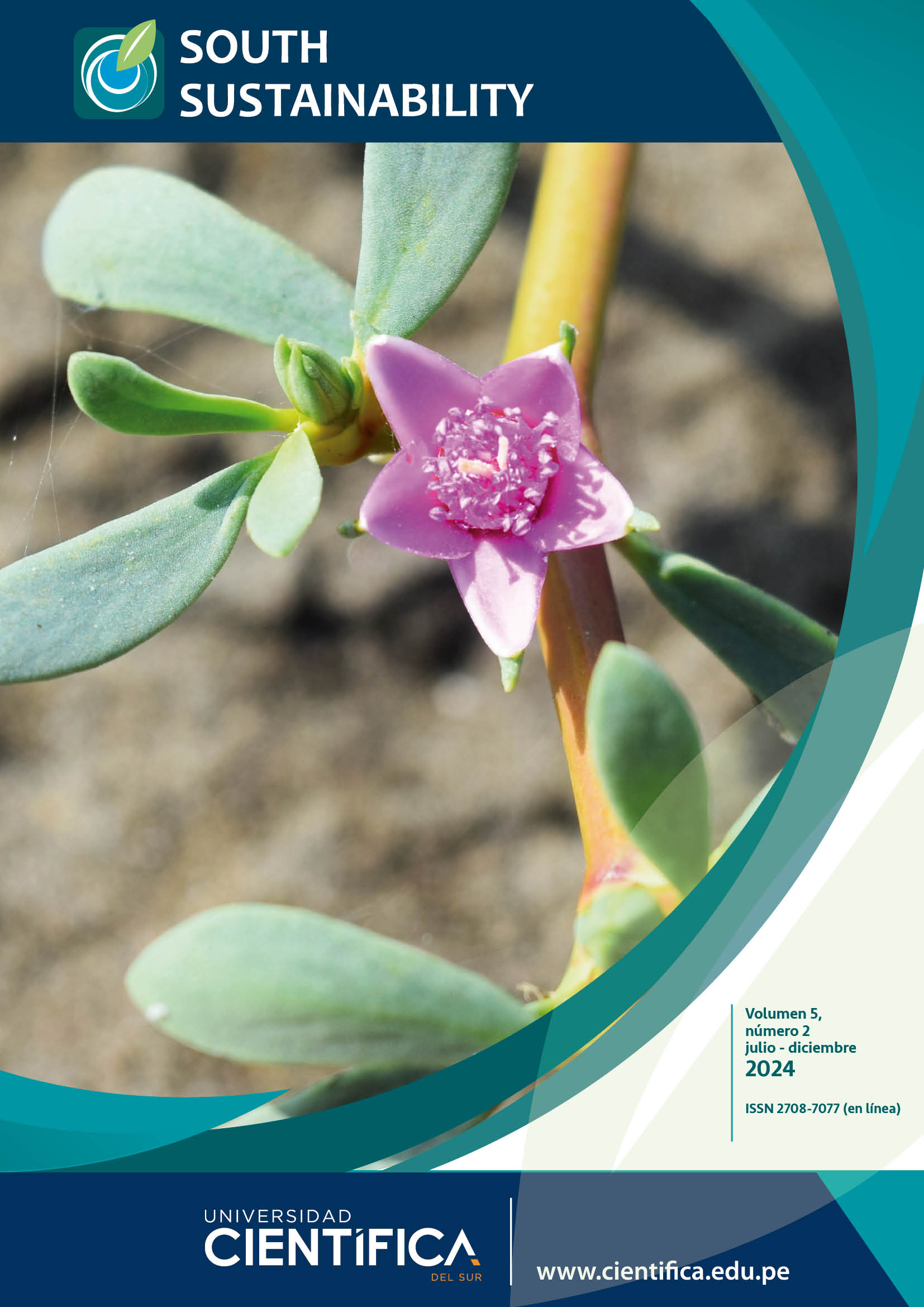Respuestas biológicas en ostras contaminadas por hidrocarburos: foco en el sistema de biotransformación
DOI:
https://doi.org/10.21142/SS-0502-2024-e111Keywords:
Biomarkers, oil spill, Bivalves, CYP450, GSTsAbstract
To date, 5.8 million tons of oil have been spilled into the oceans, with polycyclic aromatic hydrocarbons (PAHs) being the compounds that cause the greatest negative impact on marine ecosystems. Understanding how aquatic organisms respond to PAHs exposure at the molecular and/or biochemical level serves as an environmental diagnostic indicator and could help in the formulation of conservation policies. We compiled 15 years of research evaluating sub-lethal effects in oysters of the genus Crassostrea after exposure to different hydrocarbons. We analyzed genes of the cytochrome P450 (CYP450) superfamily and the activity of conjugation enzymes. CYP450-like genes and GST enzymes were found to be the most susceptible to hydrocarbon exposure. We therefore suggest using these biomarkers as early warning tools in marine-coastal environmental monitoring programs.
Downloads
Published
Issue
Section
License
Copyright (c) 2024 Miguel Angel Saldaña Serrano, Camila Lisarb Velasquez Bastolla, Flávia Lucena Zacchi

This work is licensed under a Creative Commons Attribution 4.0 International License.













